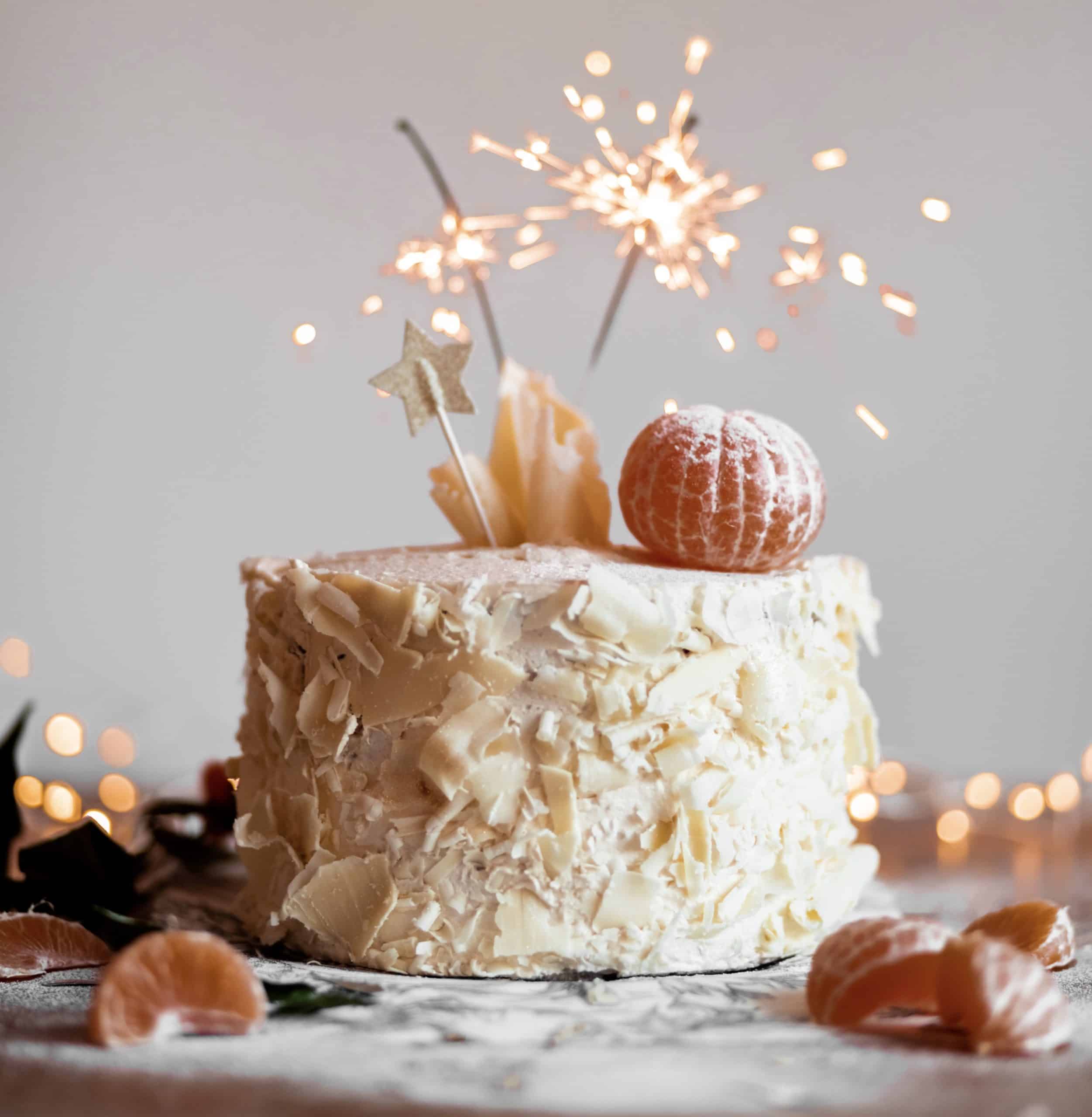
Photo by Esther Wilhelmsson on Unsplash
Catholics are called to feast. No, that is not a typo. We often consider fasting to be a very Catholic thing but then underestimate the importance and goodness of designating time to feast.
We prepared for Easter during the solemn time of Holy Week through increased fasting and prayer. But now is the time to rejoice in the joyous celebration of Easter. After all, the Church labels Easter the “Feast of feasts” and the “Solemnity of solemnities” (Catechism of the Catholic Church, 1169).
Outer Ritual, Inner Joy
It is no wonder that in healthy marriages, couples often celebrate anniversaries through certain rituals such as looking at their wedding photos, recalling good memories from their marriage, or going on a special date to rekindle their love for one another. The external ritual acts of remembrance seem to bring into the present the experience of love and joy that was abundantly present on the special day of their wedding.
It would be awfully disappointing for a married couple to experience mostly sorrow on their anniversary day. It should be a day of joyful remembrance! The intentional external actions the married couple participate in on their anniversary assist in bringing about the joy that is worthy of the occasion.
Likewise, the external signs and symbols which are proper to liturgy act toward a similar end. They help to reveal spiritual realities and invigorate good spiritual dispositions within the people of God.
Still, the liturgy of the Church is not meant to be an isolated experience confined to the time and space of its celebration. The celebration of the liturgical seasons should flow into our everyday life (see CCC 1179; cf. John 4:23). This brings us to our topic of Catholic feasting.
Fasting and Feasting in Scripture
As with much of our faith tradition, the use of external things to bring about interior dispositions is rooted in the tradition of Israel. The biblical character Nehemiah offers a great example of this.
Nehemiah lived in the fifth century BC. At this time the Jews were returning to the promised land from Babylonian captivity. Nehemiah’s response to the terrible things that had happened to the beloved and holy city of Jerusalem is very instructive for us:
“I [Nehemiah] asked them [about things] concerning the Jews that survived, who had escaped exile, and concerning Jerusalem. And they said to me, ‘The survivors there in the province who escaped exile are in great trouble and shame; the wall of Jerusalem is broken down, and its gates are destroyed by fire.’ When I heard these words I sat down and wept, and mourned for days; and I continued fasting and praying before the God of heaven.” —Nehemiah 1:2–4 (emphasis added)
This was a time to mourn. Nehemiah fasted and lowered himself before God as an external act to represent and facilitate an appropriate disposition toward the circumstances.
Nehemiah also gives us an example of joyful feasting. Having avoided enemy plots to interrupt the rebuilding of Jerusalem’s walls (Nehemiah 4:1–5:13; 6:1–14), completed the new walls of Jerusalem (Nehemiah 6:15–4) and begun to read from the book of the Law within the now restored holy city (Nehemiah 8:1), Nehemiah exhorts the people:
“This day is holy to the LORD your God; do not mourn or weep… Go your way, eat the fat and drink sweet wine and send portions to him for whom nothing is prepared; for the day is holy to our LORD; and do not be grieved for the joy of the LORD is your strength… And all the people went their way to eat and drink and to send portions and to make great rejoicing…” —Nehemiah 8:9–12 (emphasis added)
Does this not sound like a feast? There are people, food, drink, and encouraging words. We can even imagine that the “great rejoicing” includes music and dancing as when David danced before the Ark when he brought it up to Jerusalem (2 Samuel 6).
Celebrating Victory
It is customary to rejoice in victory and to celebrate restoration and redemption. Nehemiah leads his people in their feasting and our Church leadership leads us in the feast of Easter. Every Sunday, special liturgical days, and especially the octave and the whole season of Easter should be celebrated with the external elements proper to a time of joy both in the liturgy and, by extension, in our own homes—which the Catechism calls the “domestic church” (CCC 2204).
How will you bring the joyous liturgical celebration of Easter to life in your homes this year? You can start by considering:
- Singing Resurrection and “Alleluia!” dominant songs.
- Praying elements of the Liturgy of the Hours with your loved ones (for more on the Liturgy of the Hours see CCC 1174-1178 or check out this article from the USCCB).
- Partaking in some special food or drink that you don’t usually have.
- Altering the environment in your home by lighting candles, playing some joyful and uplifting music, or placing special religious images in more prominent locations.
In closing, let us not forget the reason why we feast. We feast to celebrate who God is as our sovereign redeemer and what he has done for us in his Son, Jesus Christ by giving us new life through his death and resurrection. We feast to make present the joy of heart that is deserving of such a worthy occasion. This is the greatest of all reasons to celebrate and feast.

